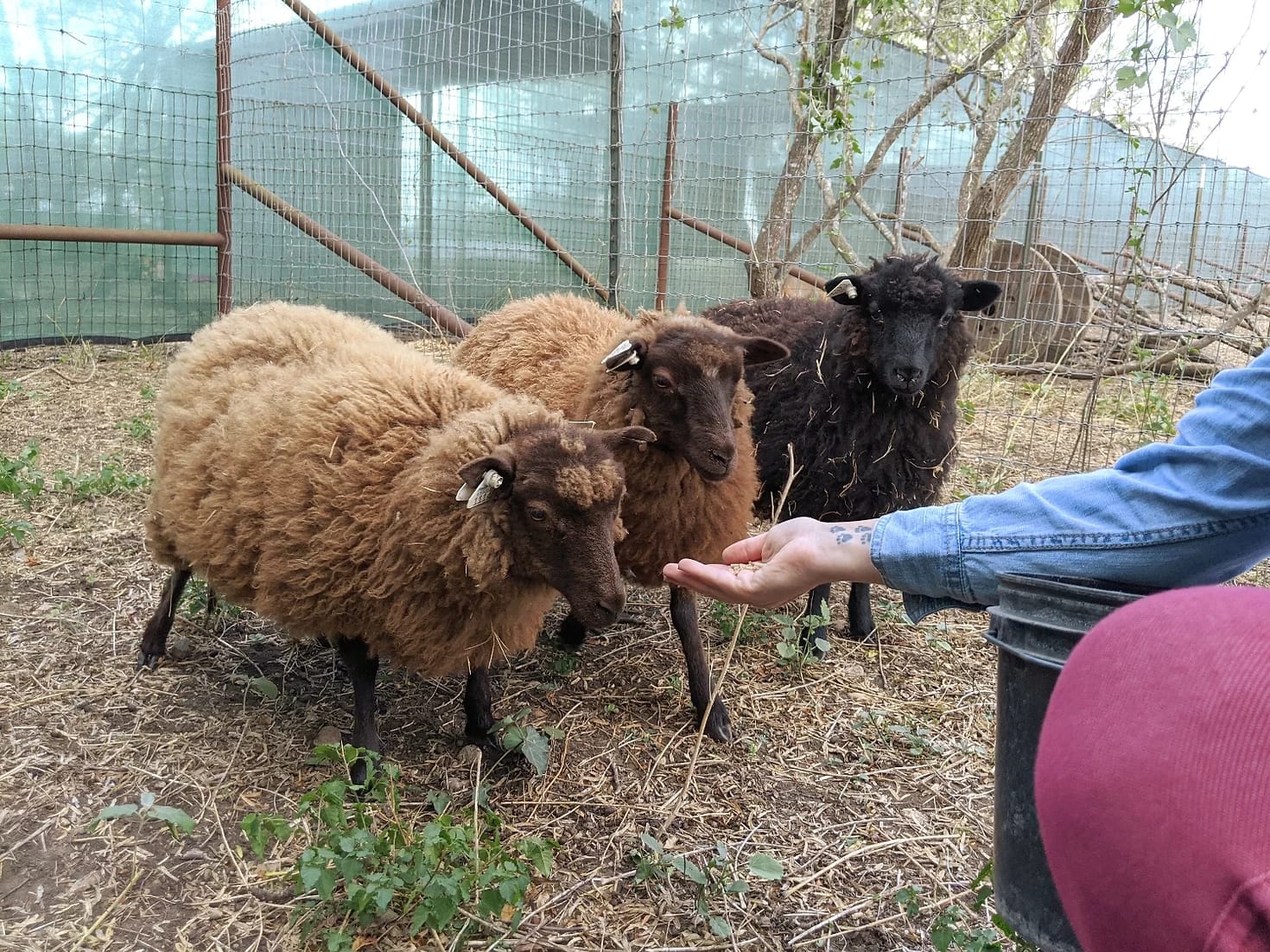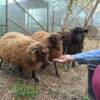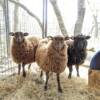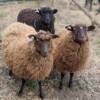Description
RAMS AND EWES SHETLAND SHEEP FOR SALE
With a 15–16 year lifespan, miniature sheep are wonderful companions. They are pleasant and quiet. They love kudzu, honeysuckle, and weeds among other plants. tiny sheep help farmers clear the ground in tiny orchards, vineyards, and high bush fruit fields. They don’t eat tree bark and are small enough not to damage the fruit. In the process, they repel weeds, insects, and fertilizer!
About 1500 years ago, Vikings brought the British breed of Shetland Sheep to the Shetland Islands in Scotland. They are a primordial breed of sheep that are incredibly hardy, able to survive hard conditions and scarcity of food.
Shetlands are small and grow slowly, yet they are naturally resilient, frugal, easy to lamb, adaptable, and long-lived. Though they flourish in less demanding circumstances, shetlands have endured for generations in severe environments with a meager diet.

shetland sheep
Because they have retained many of their ancestors’ basic survival instincts, they require less maintenance than many of the commercial types of today. They are an easy-to-handle, calm, and submissive breed. The majority of dogs love to be touched, and ours all wag their tails when we do!
Shetland miniatures In the United Kingdom, sheep are among the smallest animals. Rams typically weigh between 75 and 100 pounds, while ewes typically weigh between 40 and 85 pounds. The horns of ewes are often polled, and the horns of rams are typically spiraling. They don’t require docking because they have short, fluke-shaped tails that spontaneously form delicate bones and let them to move quickly.
Shetland wool has a wide range of colors and is incredibly soft. It’s perfect for making clothing that is kind to the skin, and the color scheme encourages the employment of creative knitting patterns.
There are eleven approved colors for the wool, many of which have their original Gaelic names. The wool is available in a range of natural colors. Mioget, white, fawn (light moorit, yellowish-brown), musket (light grayish brown),
Among the colors offered are dark brown, light grey, grey, emsket (dusky blue grey), sheala (dark steely gray, similar to black ice), and black. If their wool is clean, it will sell for a high price.
The world-famous Shetland wool industry is built on the stunning wool produced by Shetland sheep. It is among the finest and softest of all UK breeds, with an average fiber diameter of 23 microns. The Shetland fiber has a wide range of sizes; it can be as small as 15 microns, which is found around the neck, or as coarse as 36 microns, which is used to make warm, durable textiles like woven tweeds.

shetland sheep
Records date hand-knitted clothing from Shetland to the seventeenth century and beyond, when it was traded to the Dutch and English. For than a century, the Shetland wool industry has been known for producing fine wool and lace. In the early 1900s, lacework started to disappear from the island, while bright Fair Isle sweaters, caps, and mittens were becoming more and more popular.
Since the 1800s, when it was observed grazing on the lawns of the White House under President Thomas Jefferson, the Shetland breed has been known to exist in North America.
The 32 Shetland sheep that G.D. Dailley of Ontario, Canada, imported in 1980 are the ancestors of most Shetland sheep in North America. Following the establishment of the North American Shetland Sheep Registry in 1991, the breed has expanded throughout the country.
The Shetland breed has lost popularity in favor of more “improved” breeds like Romney and Merino, despite the fame of Fair Isle wool. The breed has seen a rise in popularity recently since hand spinners are becoming more interested in them.
The Livestock Conservancy has listed the breed as endangered, and it is still in danger of going extinct. The genetic diversity of the breed is declining, which raises concerns. White sheep currently dominate the British mainland, with other color variations now extinct.
The genetic diversity of the species, together with the maintenance of its entire range of colors, markings, fleece types, and other characteristics, must be preserved.

shetland sheep
The way our miniatures are regularly handled and cared for makes Tanglewood Farm very happy. Every one of our animals is given enough food and excellent medical care from our veterinarians.
Our animals’ worming, dental checkups, foot care, and vaccinations are all current. We take great care to ensure the health of our animals and follow several stringent protocols. We do not accept any more animals, embryos, or sperm since we maintain a closed herd. Shetland Sheep Association of North America
An animal cannot be returned after it has been sold. We do not loan or borrow animals for breeding in order to prevent inadvertently bringing disease into our herds, nor do we bring our animals to shows. exquisite fleece Shetland Sheep Association

shetland sheep
It is advised that weanlings remain at Tanglewood Farm until they reach the age of two months. They need time to grow up and socialize with other weanlings, receive discipline from their moms, and gradually change their diet to cut back on their need for breast milk. Features of Shetland sheep
RAMS AND EWES SHETLANDS SHEEPS FOR SALE
Additionally, Tanglewood Farm will have extra time to give the weanlings their first vaccinations and deworm them. All miniatures come with health papers from Tanglewood Farm that provide current vaccination records, deworming regimens, and hoof clipping schedules. If you need transportation, get in touch with us.
We are able to provide ground transportation across the US and Canada. We are able to arrange flights with major airlines to different nations.










Reviews
There are no reviews yet.